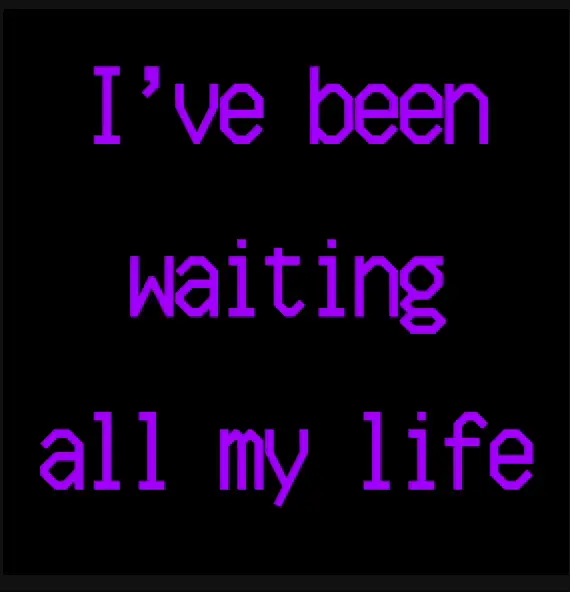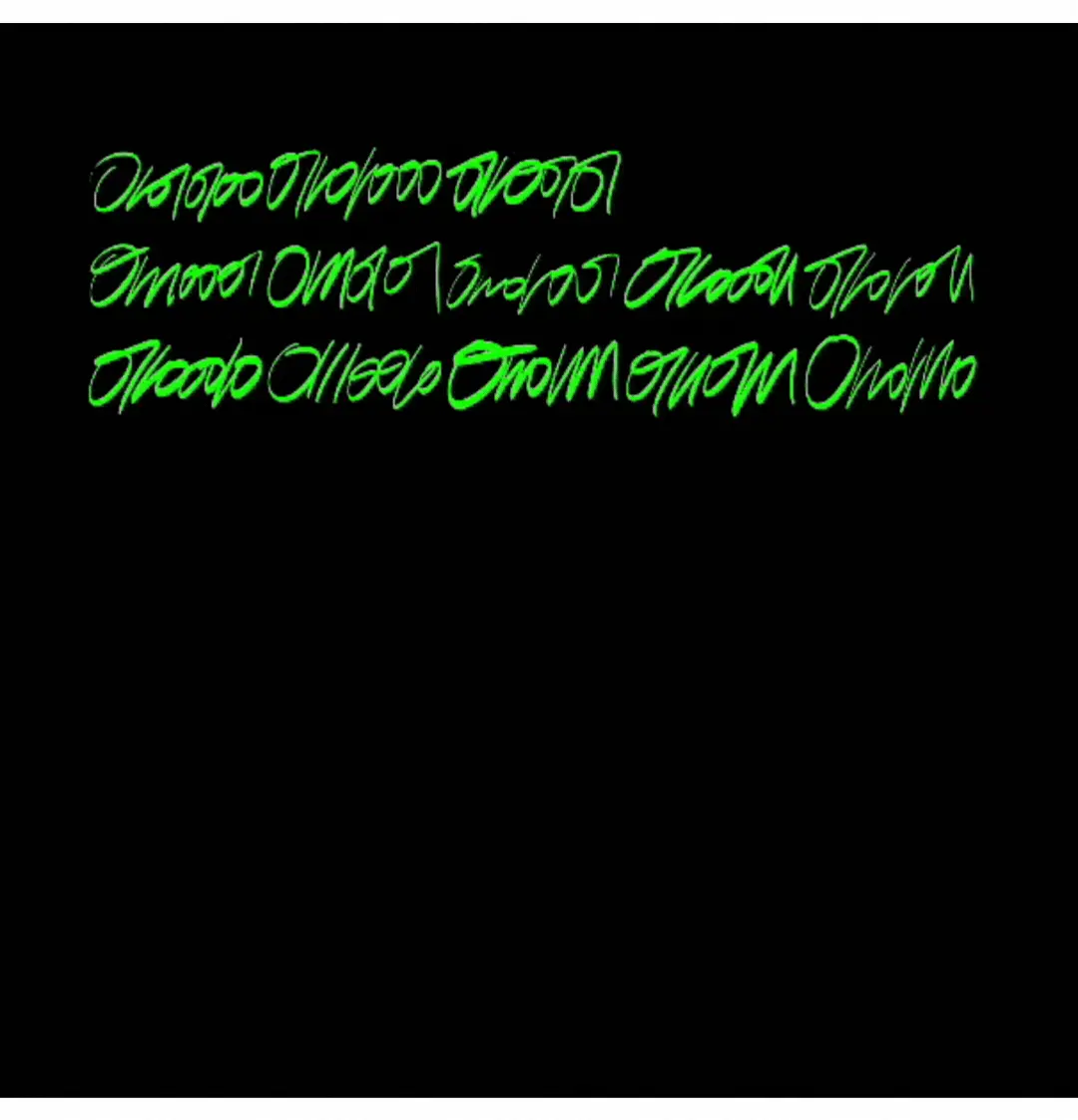Poetry has long been a medium of human expression, a technology of language that encodes emotions, memories, and cultural narratives.
Sasha Stiles is a pioneer of generative literature and language art, pushing the boundaries of what poetry can be, integrating artificial intelligence, blockchain technology, and transmedia storytelling into her work. As a poet and language artist, Stiles is not only preserving poetry’s traditions but also expanding its possibilities in the 21st century.
Stiles calls poetry a form of technology, using the term in its original sense. The word “technology” comes from the Greek techne (art or craft) and logos (speech, word, or reason). In ancient Greece, it referred to the systematic study of craft and technique, including the structured use of language.
By this definition, poetry is one of the oldest technologies—an intentional, human-made system for shaping language and meaning. It is not just an art form but a method of structuring thought and expression, much like any other crafted technology.

The Poet as a Cyborg: Technelegy
Unlike many artists who treat AI as just a tool, Stiles takes a radically different approach by considering her AI system, Technelegy, as a co-creator – a collaborator that actively participates in the poetic process. Rather than simply generating text based on pre-programmed algorithms, Technelegy is fine-tuned using Stiles’s own poetry and research materials, allowing it to produce text that reflects not only her intellectual and emotional landscapes but also a distinctly post-human perspective. This fusion of human and machine intelligence challenges traditional ideas of authorship, forcing us to rethink the boundaries between human creativity and artificial intelligence.
In Stiles’s work, the question of authorship becomes blurred. Who is the true poet when an AI system generates verses? Is the poem a product of the machine’s algorithms, or does it still carry the essence of the human input that shaped it? By involving Technelegy in the creative process, Stiles poses deeper philosophical questions about the nature of creativity itself. Can machines, with their vast processing power, develop their own “poetic voice,” or are they merely reflecting and amplifying the intricate patterns and nuances encoded into them by their human creators? This raises intriguing implications not only for the world of poetry but for the broader field of art, as we begin to confront the ways in which AI can be an active participant – rather than just a passive tool – in creative expression.
Beyond the Page: Digital and Interactive Poetry

Stiles’s work transcends the printed page. She experiments with digital platforms, animations, and NFTs to create poetry that is as much an experience as it is a text. For instance, her project Repetae explores the role of repetition in language through AI-powered text and generative code, demonstrating how patterns accumulate meaning over time. One part of the project is the artwork Ut Pictura Poesis, published in 10 editions. The title is derived from Horace’s famous phrase, meaning “as is painting, so is poetry.” This quote is central to the Paragone debate of the Renaissance, which explored the question of which art form – poetry or painting – was superior. Stiles repeats this quote and reflect s on the significance of repetition in her work. In doing so, she shows how art and poetry can merge into a single artwork, thereby opening up multiple layers of meaning in her unique piece through the title Ut Pictura Poesis.
Similarly, Four Core Texts: Humanifesto and Other Poems incorporates handwritten animations and soundtracks, engaging multiple senses to redefine how poetry is consumed. The collection references T.S. Eliot’s Four Quartets while simultaneously drawing from cognitive science and digital aesthetics, highlighting the relationship between language, memory, and technology.
Stiles explores the intersection of AI, human handwriting, and binary code through her innovative Cursive Binary language, a proposed system for transhuman connection and collaboration that fuses her handwriting with the 0’s and 1’s of binary code. In her work, she uses algorithmic manipulation to transform AI-generated verses into semi-asemic visual poems. This series challenges traditional boundaries, embracing the potential for infinite expression beyond rigid systems. At its core, the underlying need is a deep urge to connect.
A pioneer in blockchain poetry, Stiles publishes her work not only in physical form but primarily in decentralized spaces on the Ethereum and Tezos blockchains. By minting her work as NFTs, she questions traditional publishing models and explores new ways to distribute literature. This approach fosters direct engagement with audiences while offering an alternative economic model for poets. Her generative poem Every Poem Starts with a Seed, curated by Emily Xie and published on the blockchain, reflects poetry’s organic growth, with each NFT representing a stage in the poem’s evolution.
Stiles sees no sharp divide between natural language and programming languages, often blending the two in her technobiological poems. By translating verse into binary, she highlights the seamless connection between the digital and physical realms, demonstrating that poetry is not confined to ink or pixels but can be shaped by any medium, including machine learning models. Honored in the Future.Art.Awards (2021) and exhibited widely around the world, Cursive Binary represents a visionary approach to language and communication.
Bridging the Past and Future: A Literary Continuum

While Sasha Stiles’s work is undeniably futuristic, it is also deeply rooted in literary history, drawing from a lineage of artists and poets who explored language, technology, and visual art. She builds on the traditions of concrete and visual poetry, akin to bpNichol and Augusto de Campos, who expanded language beyond linear constraints. By incorporating AI, Stiles extends their innovations into the digital age, showing that poetry thrives beyond the physical page.
Her engagement with AI resonates with early algorithmic poetry, such as Allison Knowles’s A House of Dust (1967) and Nanni Balestrini’s Tape Mark I (1961), which introduced generative processes into poetry. Like these pioneers, Stiles sees technology as an augmentation of poetic practice, using advanced neural networks to explore coherence, emotion, and authorship in new ways.
Her work can also be compared to William Blake’s Songs of Innocence and Experience, where text and visual art are inseparable, and René Magritte’s The Treachery of Images, which questions representation and reality. Like Blake, Stiles integrates text with generative imagery, and like Magritte, she challenges assumptions about language and meaning, particularly in the context of AI-generated text.
Stiles’s work continues the avant-garde tradition of Dada, Oulipo, and Fluxus, which sought to disrupt conventions and explore new creative modes. By employing AI as both a medium and a collaborator, she honors and redefines these literary traditions, proving that poetry’s evolution is continuous. Her work exemplifies how poetic imagination adapts to emerging technologies, ensuring that verse remains a vital and expanding artistic form.
The Future of Poetic Expression
Sasha Stiles explores poetry as humanity’s oldest technology, merging text-based paintings, media-rich poems, and AI-generated literature to examine language’s evolution in the digital age. Her work bridges traditional and emerging forms, using blockchain as a modern printing press.
At the core of her practice lies a key question: What is the future of language in an AI-driven world? By collaborating with AI, she challenges ideas of authorship, creativity, and meaning, blending the ancient with the futuristic, human intimacy with machine logic.
In an era where technology feels impersonal, Stiles proves poetry remains deeply human. She is not just writing the future of poetry—she is coding it, redefining what it means to be a poet in the 21st century.
Sources:
https://www.artpoint.fr/artists/sasha-stiles
https://nftnow.com/art/sasha-stiles-nft-poem-top-seller-at-christies-x-gucciauction/
Elisabeth Mühlbacher is an Art Manager at Validvent, specializing in guiding collectors in building meaningful CryptoArt collections. With a deep passion for the CryptoArt space as a pioneering force within the traditional art world, she is dedicated to contextualizing digital art and its cultural significance.
Elisabeth curates innovative pop-up exhibitions that bridge the gap between digital and physical art experiences, fostering a deeper understanding of CryptoArt. She closely observes the evolving CryptoArt market, providing insights into its trends and developments. Additionally, she organizes informative workshops to educate collectors, artists, and institutions about the dynamics of the CryptoArt space.
Holding a master’s degree in art history and Image Science, Elisabeth has extensive experience in the art sector, having worked in both galleries and auction houses. She is also the initiator of Frame It, a physical pop-up gallery exhibiting upcoming Austrian CryptoArtists. She drives innovation at the intersection of art and technology.
Through her work, Elisabeth continues to push the boundaries of how we experience, collect, and engage with art in the digital age.


